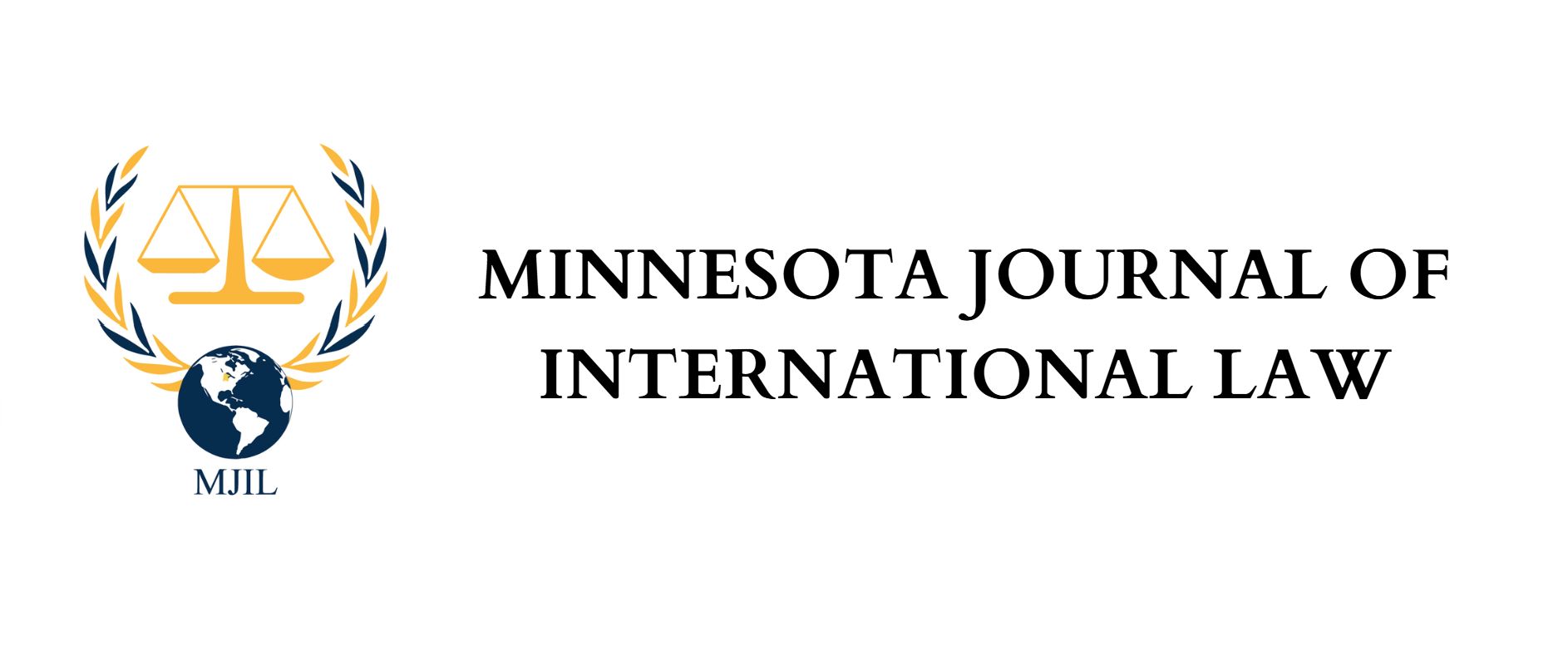By Yu-Chen Wang
The digitalization of the economy has been a focus of tax debates in recent years. For example, in 2019, there was a potential trade war caused by a France tax targeting the so-called “digital services” of “GAFA”, the abbreviation of Google, Apple, Facebook, and Amazon.[1] Other countries, including Italy and the United Kingdom., also attempted to collect similar taxes this year.[2] On the other hand, the United States government generally viewed these taxes as discriminations against U.S. companies and threatened to retaliate with heightened tariffs on European imports.[3]
Since the Organisation for Economic Co-operation and Development (“OECD”) released the Base Erosion and Profit Shifting (“BEPS”) in 2015, many countries explored a variety of measures relevant to the digital economy through changes in domestic law and treaty provisions.[4] Although Action 1 of BEPS created the Task Force on the Digital Economy (“TFDE”) to oversee the progress of issues raised by the digital economy, TFDE reiterated in different reports that TFDE failed to reach a consensus on any specific recommendations.[5] The G20 therefore called on the Inclusive Framework, which has 137 member countries, to build on the TFDE’s reports and reach a unified solution with actual recommendations. The OECD secretariat then incorporated a variety of proposals and put them into two larger proposals for the so-called Two Pillars approach.[6]
In the conclusion of the 2018 interim report, TFDE recognized the need for a consensus-based global solution.[7] Since then, the OECD has worked on a global solution based on a two-pillar approach known as BEPS 2.0. The BEPS 2.0 involves three major issues: (1) how to redefine the permanent establishment threshold for the digital economy; (2) how to attribute income to the permanent establishment, as redefined; and (3) a proposal to adopt minimum tax rates as a fiscal fail-safe that would also help curb tax competition.[8] Pillar One will focus on adapting the international income tax system to the digitalized economy by the use of the new nexus rule and the reallocation of residual profits.[9] Pillar Two seeks to address the unsolved BEPS challenges by designing a minimum level of tax targeting large multinational enterprises.[10] Although there is no agreement so far, the blueprints provide a basis for us to see a possible development in the future of the international tax system.
[1] Liz Alderman, France Moves to Tax Tech Giants, Stoking Fight with White House, N.Y. Times, July 11, 2019, https://www.nytimes.com/2019/07/11/business/france-digital-tax-tech-giants.html.
[2] Sam Schechner & Paul Hannon, Global Digital-Tax Detente Ends, as U.S. and France Exchange Blow, Wall St. J., Dec. 30, 2020, https://www.wsj.com/articles/global-digital-tax-detente-ends-as-u-s-and-france-exchange-blows-11609333200.
[3] See, e.g., id.; Angela Charlton, French Wine vs. US Tech Prowess: New Trump-Macron Standoff, Associated Press, July 27, 2019, https://www.apnews.com/901c1099ba5b482a848a90834309ecda.
[4] See Organisation for Economic Co-operation and Development, Tax Challenges Arising from Digitalisation – Interim Report 2018: Inclusive Framework on BEPS, ch. 4. (2018), https://doi.org/10.1787/9789264293083-en [hereinafter 2018 Interim Report].
[5] See, e.g., id.
[6] Organisation for Economic Co-operation and Development, Statement by the OECD/G20 Inclusive Framework on BEPS on the Two-Pillar Approach to Address the Tax Challenges Arising from the Digitalisation of the Economy 4, https://www.oecd.org/tax/beps/statement-by-the-oecd-g20-inclusive-framework-on-beps-january-2020.pdf.
[7] 2018 Interim Report, supra note 4. at 212.
[8] Ruth Mason, The Transformation of International Tax, 114 Am. J. Int’l L. 353, 388 (2020).
[9] Organisation for Economic Co-operation and Development, Tax Challenges Arising from Digitalisation – Report on Pillar One Blueprint 13–14, https://doi.org/10.1787/beba0634-en.
[10] Organisation for Economic Co-operation and Development, Tax Challenges Arising from Digitalisation – Report on Pillar Two Blueprint 13, https://doi.org/10.1787/abb4c3d1-en.
